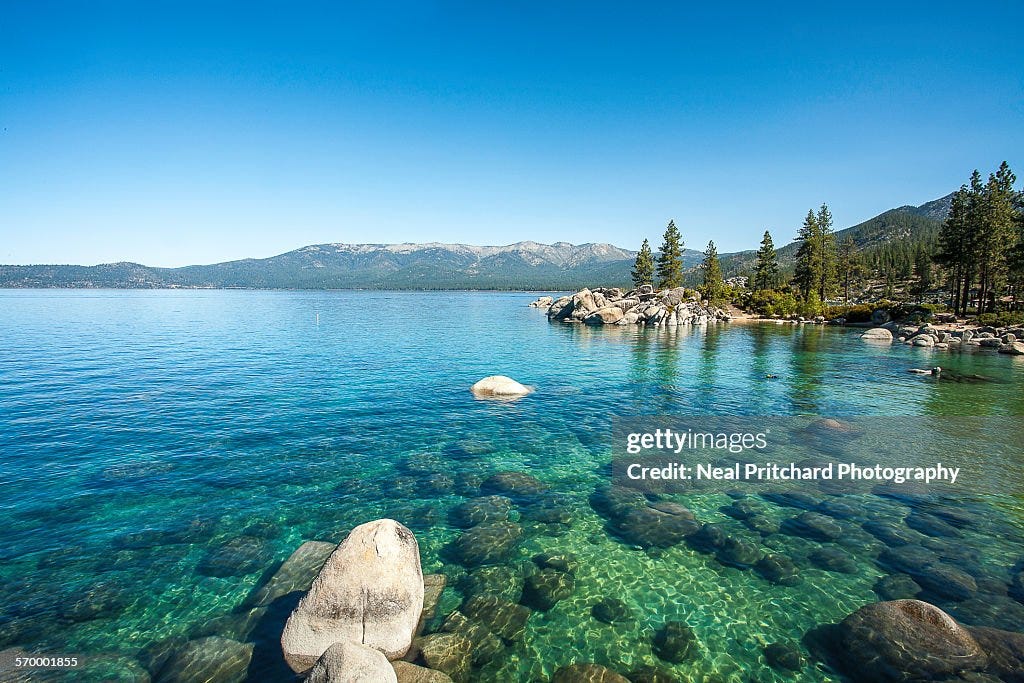Tahoe Region Trails Bike Plan for Wealthy White People
Who Really Wants to Ride E-bikes on Trails in Tahoe?
The comment period closes today for the U.S. Forest Service Lake Tahoe Basin Management Unit’s proposed plan to possibly allow Class 1 e-bikes on some trails in the Tahoe area/region. There are numerous documents available to the public/us, which is required, as it is a federal agency, at this link: https://www.fs.usda.gov/project/?project=54566
I’ve gone through them and have a few things to point out/ask some questions:
In the Basin Wide Trails Analysis-Environmental Assessment document/September 2023, there is no real presentation of comments that were submitted. The Forest Service needs to be up front with the data in the EA. It is not difficult to code qualitative data so that we can “see” the quantitative components of it. What is presented in the EA are unsubstantiated generalizations, requiring the public to search for the evidence.
That same Assessment is seriously lacking in Section 3.6. Element 4 — Level of Controversy. It is comprised of a one sentence statement: “There are varying opinions on the desire to allow e-bikes on trails, however scoping did not reveal
scientific controversy regarding the magnitude or nature of effects of this project’s proposed action.” What exactly does that mean? The Forest Service should define “scientific controversy” in light of its non-inclusion of data in the EA related to the comments that were submitted.
In the Decision-Notice-East-Zone-Connectivity-Restoration-Project document , it does provide some insight into the comments. What I found in Section 0, to my understanding, is the following: There were 114 commenters, 45 of which were in favor of allowing e-bikes on some trails. That means 69 were opposed (?). Again, the Forest Service needs to provide clear data. It seems that a majority of stakeholders during that public comment period were/are not in favor of opening trails to Class 1 e-bikes. Is there another document(s) that shows comments? I couldn’t find any, but admit that I maybe missed it, given all of the files to go through.
Looking at the Tahoe Regional Trails Strategy/May 2023 document, you can read that the majority of people wanting to open up the trails to e-bikes are rich, white people ($100,000+/year income). Also, when people who were surveyed were asked if they had difficulty accessing trails due to physical/mental disabilities, only 5% responded in the affirmative. Who is this plan serving, really?
If you have a disability, then I’m all for your use of an e-bike. Yes, this is difficult to manage, but so is simply saying that trails are going to be open only to Class 1 e-bikes. If we use a stakeholders analysis, it seems obvious from the bullet points above that more study/research is needed, at the least. I’d argue that given what was presented, it’s clear that the plan should not be for opening up trails to e-bikes, which is obviously what this proposed plan is trying to do. Where is the hard evidence that shows it’s what we the people want? Am I missing something?
If someone can show me where in all of those files that it clearly indicates the quantitative values of the qualitative comments data, I’d appreciate it.
Further, Executive Order 12898 requires that the federal government (U.S. Forest Service) conduct an Environmental Justice (EJ) assessment for proposed changes/plans, etc regarding policy, as well as pretty much for any/all government actions/spending, etc. There is no EJ analysis in the documents, that I could find. Where is it? The Forest Service needs to conduct an EJ analysis.
Why does this matter?
Take a “regular” non-e-bike. Take an e-bike that is powered by a lithium-ion battery. We have 2 bikes. The e-bike with the lithium-ion battery adds more carbon to the atmosphere (than the “regular” bike) during the mining process to get the lithium out of the ground and then again when the batteries are manufactured and then again every time it is charged (unless you’re charging with solar/wind, though I could easily add more arguments related to the manufacturing process of wind turbines and solar panels and their carbon emissions).
What’s the point? An EJ assessment, required by Executive Order 12898, should take into consideration the climate change impact of e-bikes (when compared to “regular” bikes) and the fact (according to numerous studies/facts) that climate change disproportionately does and will continue to adversely impact low-income people who do not look like me (white and male) in the USA and around the world more than it does people who look like me. Could we also get a gendered environmental justice analysis related to climate change and e-bikes/e-bike users? How about an EJ analysis that includes an understanding of who mines the lithium and what the labor conditions look like?
Doe we really need to provide wealthy, white people (mostly male) who very likely do not have any physical and/or mental disability with the “right” to access Tahoe regional trails on their e-bikes at the detriment of other humans on planet Earth?
If you are reading this still and would like to support what is here and share it with the Forest Service, you can simply copy/paste this entire piece/post, or post the link to this article/post, and send it to the Forest Service at this link for comments: https://cara.fs2c.usda.gov/Public//CommentInput?Project=54566
You need to do it now, if you want. The comment period closes today.
If I am incorrect in my reading of the documents, someone please inform me. I believe in the importance of having a conversation when making decisions on how public lands are used by all of us.
If you’d like to, you are more than welcome to share this post any way you’d like.
Best,
James




